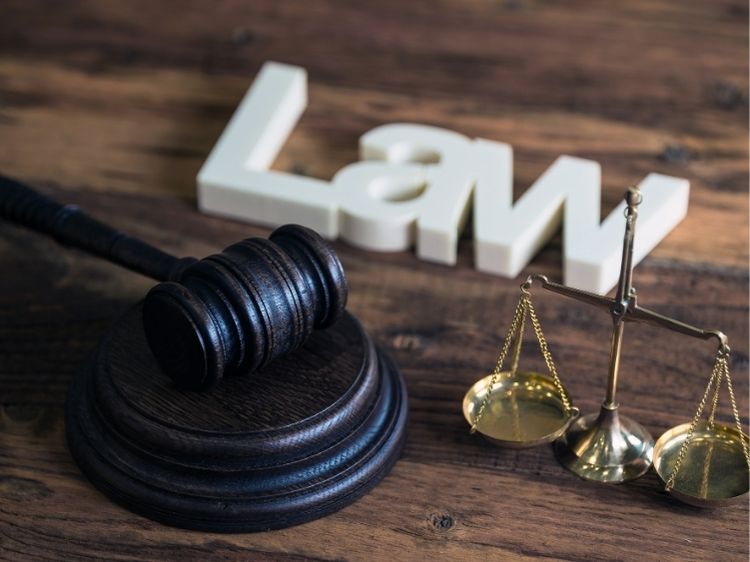What is Product Liability?
Product liability is the legal responsibility of manufacturers, distributors, and sellers for any injuries or damages caused by defective products. Whether it’s a faulty piece of machinery or a mislabeled medication, the consequences can be severe for both consumers and businesses. Over the years, courts have seen numerous product liability cases that have not only set legal precedents but have also raised awareness about product safety. In this article, we’ll dive into product liability cases examples that have reshaped the legal landscape, and how these examples offer lessons for both companies and consumers alike.
Key Types of Product Liability Claims
Before we jump into specific cases, let’s outline the three main types of product liability claims:
- Design Defects: Flaws in the product’s design make it inherently dangerous, even if it’s used as intended.
- Manufacturing Defects: Errors during production make the product unsafe, even if the design is sound.
- Failure to Warn: The manufacturer or seller fails to provide adequate warnings or instructions regarding potential dangers associated with the product.
Famous Product Liability Cases
Here are some product liability cases examples that highlight how courts and juries have dealt with issues related to defective products:
1. McDonald’s Hot Coffee Case (Liebeck v. McDonald’s Restaurants)
Overview:
In 1992, 79-year-old Stella Liebeck spilled a cup of hot McDonald’s coffee on herself, causing third-degree burns. She sued McDonald’s for negligence, claiming that the coffee was dangerously hot—hotter than what home-brewed coffee should be.
Outcome:
The jury awarded Liebeck $2.86 million, though this was later reduced. The case became famous for raising awareness about product safety and ignited discussions about the fairness of product liability lawsuits.
Lesson:
This case is a prime example of failure to warn. McDonald’s failure to adequately warn consumers of the coffee’s extreme heat resulted in significant legal repercussions.
2. Ford Pinto Case
Overview:
The Ford Pinto, a subcompact car, became infamous for its fuel tank design, which was prone to explosions in rear-end collisions. This design defect led to hundreds of deaths and injuries.
Outcome:
Ford faced lawsuits throughout the 1970s. Internal documents revealed the company knew about the defect but had decided it was cheaper to pay lawsuits than to fix the issue. This led to a landmark $128 million judgment.
Lesson:
The design defect in the Ford Pinto serves as a grim reminder that prioritizing cost over consumer safety can lead to both financial and reputational damage.
3. Johnson & Johnson Talcum Powder Case
Overview:
For decades, Johnson & Johnson faced lawsuits claiming that their baby powder caused ovarian cancer due to asbestos contamination. Plaintiffs argued that the company failed to inform consumers about potential risks associated with their talcum powder products.
Outcome:
Johnson & Johnson was ordered to pay billions in damages to plaintiffs. While the company denies wrongdoing, several courts have upheld judgments in favor of those affected.
Lesson:
This case is a textbook example of failure to warn, where companies need to be proactive about potential health risks, especially when it involves long-term exposure to products.
4. General Motors Ignition Switch Recall
Overview:
General Motors (GM) faced lawsuits after it was discovered that faulty ignition switches in their vehicles could shut off the engine during operation, disabling airbags and leading to fatal crashes.
Outcome:
GM recalled 2.6 million cars and was fined $35 million by the U.S. government. The company also faced billions in lawsuits from victims and their families.
Lesson:
The manufacturing defect in GM’s ignition switches demonstrates the importance of strict quality control during production. Even a small error can lead to large-scale recalls and lawsuits.
5. Dow Corning Breast Implant Case
Overview:
In the 1990s, Dow Corning faced thousands of lawsuits from women who claimed their silicone breast implants caused a variety of health problems, including autoimmune diseases.
Outcome:
The company settled the cases for $3.2 billion and filed for bankruptcy. This led to stricter regulations and testing for medical devices.
Lesson:
The Dow Corning case underscores the need for rigorous testing of products, particularly those used in the medical field, to prevent design defects and long-term health issues.
FAQs About Product Liability
1. What is product liability?
Product liability refers to the legal responsibility of manufacturers, sellers, or distributors for any injuries or damages caused by a defective product.
2. What are the three types of product liability claims?
The three main types are:
- Design Defects: Issues inherent in the design of the product.
- Manufacturing Defects: Flaws that occur during the production process.
- Failure to Warn: Insufficient instructions or warnings about the product’s risks.
3. What damages can be recovered in a product liability case?
In product liability cases, plaintiffs may recover damages for medical expenses, lost wages, pain and suffering, and in some cases, punitive damages.
4. How can companies protect themselves from product liability claims?
Companies can take several steps to avoid liability, including thorough product testing, clear warning labels, regular safety audits, and prompt action on customer complaints.
5. Are all products subject to product liability laws?
Yes, virtually any consumer product, from vehicles to household goods to medical devices, can be subject to product liability laws if it causes injury or harm.
Conclusion: Lessons Learned from Product Liability Cases
These product liability cases examples demonstrate the far-reaching consequences of defective products. From design and manufacturing flaws to failure-to-warn issues, the stakes are incredibly high for businesses. Companies need to prioritize safety at every stage of the product lifecycle to protect themselves from costly litigation and reputational harm. At the same time, consumers should be aware of their rights when it comes to product-related injuries, ensuring that they take action if they suffer from a defective product.
Product liability laws play a critical role in maintaining consumer safety and holding companies accountable. By examining the lessons from past cases, businesses can avoid similar pitfalls, and consumers can better understand how to protect their rights.
Authoritative Links:
- https://www.nolo.com/legal-encyclopedia/product-liability-basics-29763.html
- https://www.alllaw.com/articles/nolo/personal-injury/types-product-liability-claims.html
- https://www.consumerreports.org/cro/magazine/2012/09/how-to-handle-a-product-liability-case/index.htm

